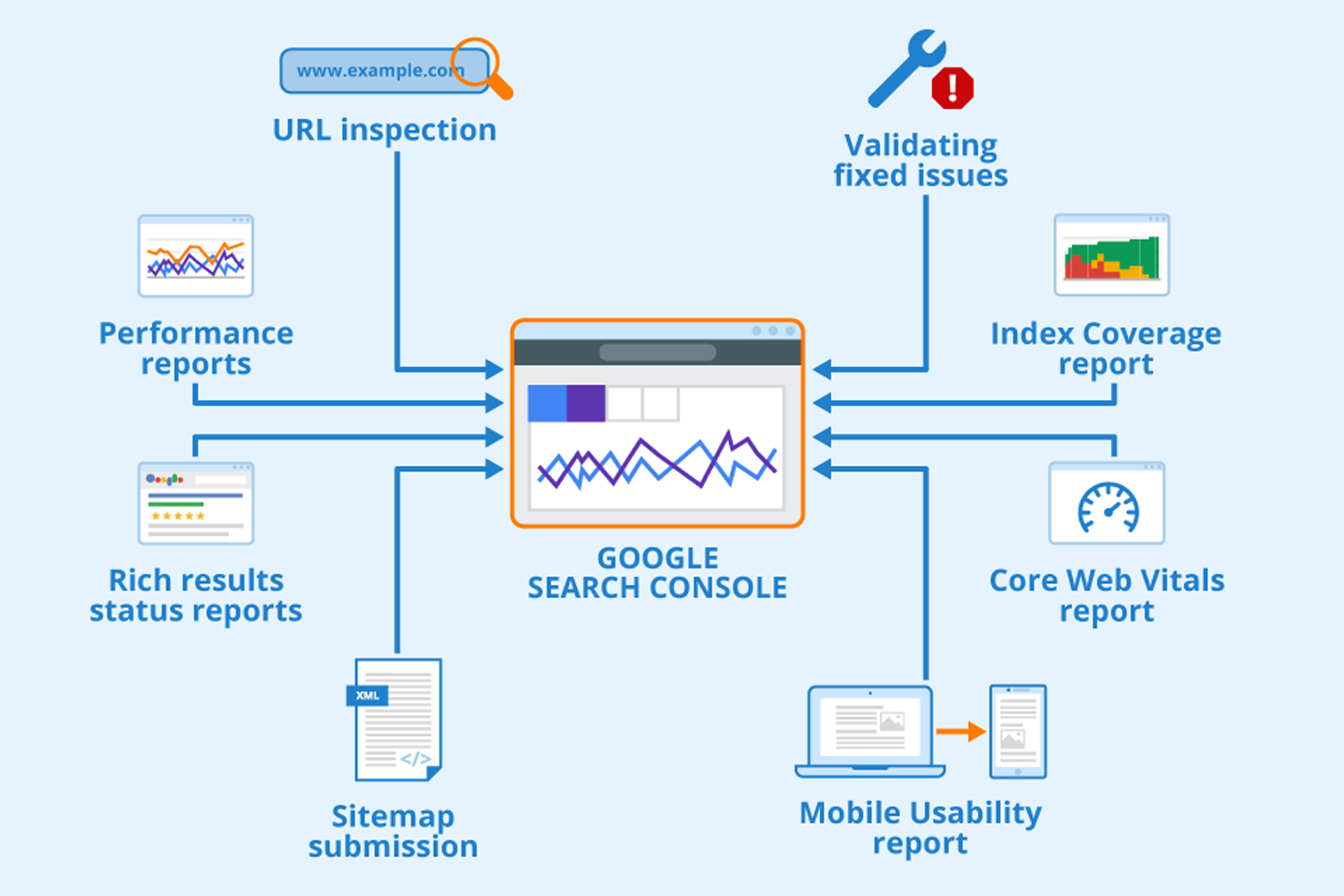Google Page Experience Guide
A new Google ranking factor called Google Page Experience is here (you may have heard the term ‘Google Core Web Vitals’ being discussed lately) calling for a site-wide audit and a more user-focused approach to search engine optimisation (SEO) and web design and development.
Google is factoring website user experience (UX) into Google Search. As a new Google ranking factor, the Google Page Experience Guide will incorporate Core Web Vitals with existing user experience Google signals – including mobile-friendliness, Safe Browsing, HTTPS and no intrusive interstitials (i.e. pop-ups) – to determine a web page’s Google usability, interactivity and Search ranking.
A study by Screaming Frog found that, as of August 2020, less than 15 percent of websites meet the Google Page Experience Guide benchmarks.
With a small percentage of websites able to pass the Google Core Web Vitals and Google Page Experience assessment, now’s the time to rethink your technical SEO efforts and push for a mobile first website design that serves users with a high-quality Google user experience.
Prioritise your website user experience for a more customer-centric approach to SEO. Get ready for the Google Page Experience Guide and ramp up your Google web rating, traffic, leads and conversions!
Google Page Experience Signal and SEO
Is your website stuck on the second, third or fourth page of search engine results pages (SERPs) despite your on-page SEO efforts? Your website user experience may be the problem.
Google has made its mission clear to make information universally accessible and provide online users with a high-quality on-page experience. And for a while now, Google has been using several search engine ranking signals, such as click-through rate (CTR), dwell time and bounce rate, to better rank web pages.
If page visitors land on your website and are not satisfied with their page experience, they will bounce away and Google might consider it an indication that your web page does not deliver value to online users, making it difficult to rank higher in search results.
After reaching peak traffic and searches from mobile devices, Google made website user experience even more important. In May 2020, Google announced a new Google update that will combine Core Web Vitals and previous UX-related search signals to provide a clear picture of a page’s user experience and determine issues that hinder online users from accessing a wealth of quality information on the web.
What is Google Page Experience and why does it matter in Technical SEO and Responsive Web Design and Development?
Google defines page experience as: “… a set of signals that measure how users perceive the experience of interacting with a web page beyond its pure information value.”
It’s evident user experience is becoming a core measure of page quality and a significant variable in determining Google page ranking. This means besides creating quality and accessible content, technical SEO experts should also:
- Maintain a responsive website design
- Prioritise Google page speed
- Improve Google usability
- Pass the Google performance test
These Google user experience best practices enable your digital professionals to create a meaningful website user experience and easily define user journeys that contribute to online success.
The new Page Experience ranking signals will join the hundreds of Google ranking factors that search engines use to rank and generate relevant search results to user queries. As such, it is imperative to fully comprehend how the Google Core Web Vitals update will impact on SEO.
How big of an update will the Google Page Experience be?
Experts agree that neglecting to make changes to accommodate the latest Google update could mean a 100 percent drop in website rankings and a significant decrease in traffic and conversions.
Screaming Frog research found that out of 2,500 keywords and 20,000 URLs:
- Only 12 percent of mobile and 13 percent of desktop results passed the Google performance test for Core Web Vitals.
- URLs in position 1 on SERPs are 10 percent more likely to have a good Core Web Vitals score than URLs in position 9.
Evidently, the Google update is already impacting Google mobile ranking and desktop search performance. With a very small percentage of websites having passed the Google user experience test, it is clear there is no hiding from this algorithm change.
Not sure where to go from here? The bottom line is, Google is making changes which will make it more difficult for your website to rank well organically if you do not have a website that is designed mobile first (this is different to a mobile friendly or responsive website). If you’re concerned about how your website will be affected, get in touch with us today.
